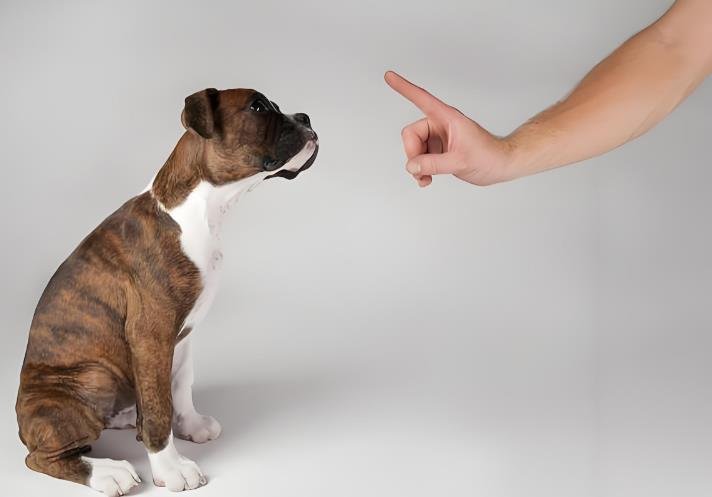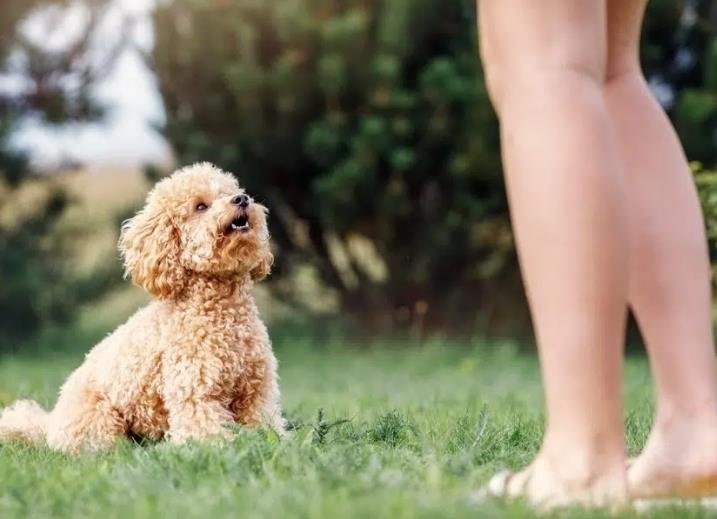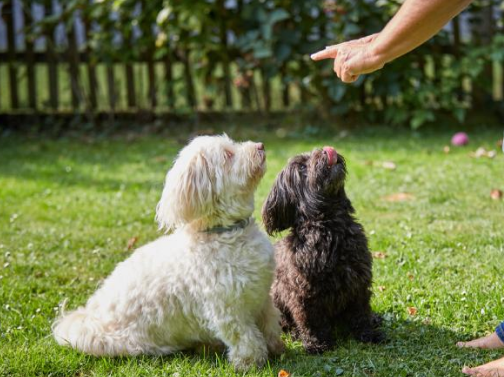Ever feel like walks with your reactive dog are more like wrestling matches than relaxing strolls? You’re not alone. Reactive dogs aren’t “broken”—they’re simply wired to see the world as a minefield of threats. But with the right approach, you can turn those chaotic walks into peaceful adventures. Let’s break down seven science-backed strategies vets and trainers swear by.
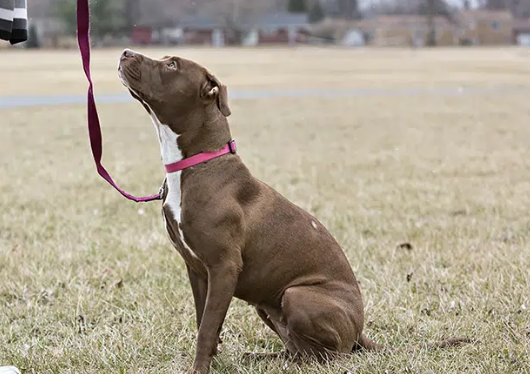
1. Ditch the Discipline—Be Their Safe Haven
Yelling or jerking the leash when your dog reacts? Big mistake. Punishment amps up anxiety and makes triggers even scarier. Instead:
- Stay calm: Your energy sets the tone. Breathe deeply—dogs mirror our stress.
- Reward neutrality: Treat before they react. Spot a trigger? Say “Yes!” and toss chicken bits before they tense up.
- Example: If your dog notices a skateboarder 50 feet away and doesn’t bark, shower them with praise. You’re teaching “Hey, skateboards mean snacks!”
2. Play the ‘Sweet Spot’ Game
Every dog has a “reaction zone”—the distance where triggers flip their panic switch. Find it with this drill:
- Start far: Walk parallel to triggers (dogs, bikes) at 30+ feet.
- Watch body language: Ears up? Tail stiff? Back up until they relax.
- Treat for calm: Feed high-value rewards (think cheese or hot dogs) while triggers pass.
Pro tip: Gradually shrink the safe zone over weeks. Think inches, not miles!
3. Turn Triggers Into Paydays
Reactivity thrives on bad memories. Rewrite the script with counterconditioning:
- Step 1: Pair triggers with treats. Dog sees a jogger? Immediately toss a meatball.
- Step 2: Add cues. Say “Check it!” when they notice a trigger, then reward eye contact.
- Real-life win: One owner taught her Aussie to sit when bikes passed by linking bikes to salmon treats.
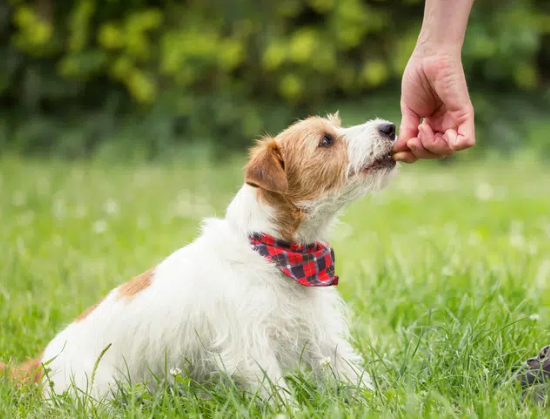
4. Master the ‘Look at That’ Trick
This game builds focus like a Jedi mind trick:
- Charge the clicker: Click → treat ×10.
- Spot a trigger: When your dog glances at a distant dog, click as they look.
- Reward attention: Treat when they turn back to you.
Why it works: Teaches “See something scary? Look at Mom for snacks!”
5. Give Them Room to Breathe
Short leashes scream “Danger!” to reactive dogs. Swap to a 10-15ft longline:
- Freedom to flee: Lets dogs choose “flight” over “fight” when spooked.
- Natural communication: Sniffing grass = doggy meditation.
Safety note: Use a basket muzzle in crowded areas—better safe than sorry!
6. Let Your Dog Call the Shots
Pushing too fast backfires. Watch for green lights:
✅ Relaxed body: Loose wagging, soft eyes.
✅ Voluntary check-ins: Glances at you without prompting.
✅ Curiosity: Sniffing near triggers calmly.
Slow wins: One rescue pitbull took 6 months to walk past a mailbox without barking—now they high-five it!
7. Team Up With Your Vet
Sometimes training needs backup:
- Rule out pain: Arthritis or ear infections can worsen reactivity.
- Medication options: Short-term anti-anxiety meds (like trazodone) can lower stress during training.
- Behaviorist referral: For severe cases, pros create custom plans combining meds + behavior mod.
Final Word
Progress isn’t linear—some days feel like two steps back. Celebrate tiny wins: a quieter bark, a quicker recovery. And hey, when all else fails? Pop on a “Training in Progress” vest and know you’re giving your pup the gift of calm.
Need More?
- Free Reactivity Triggers Checklist (identify hidden stressors)
- DIY scent games to tire anxious brains
- Local trainer directory specializing in fearful dogs
Now grab those treats and go rewrite your walk story—one peaceful step at a time! 🐾
